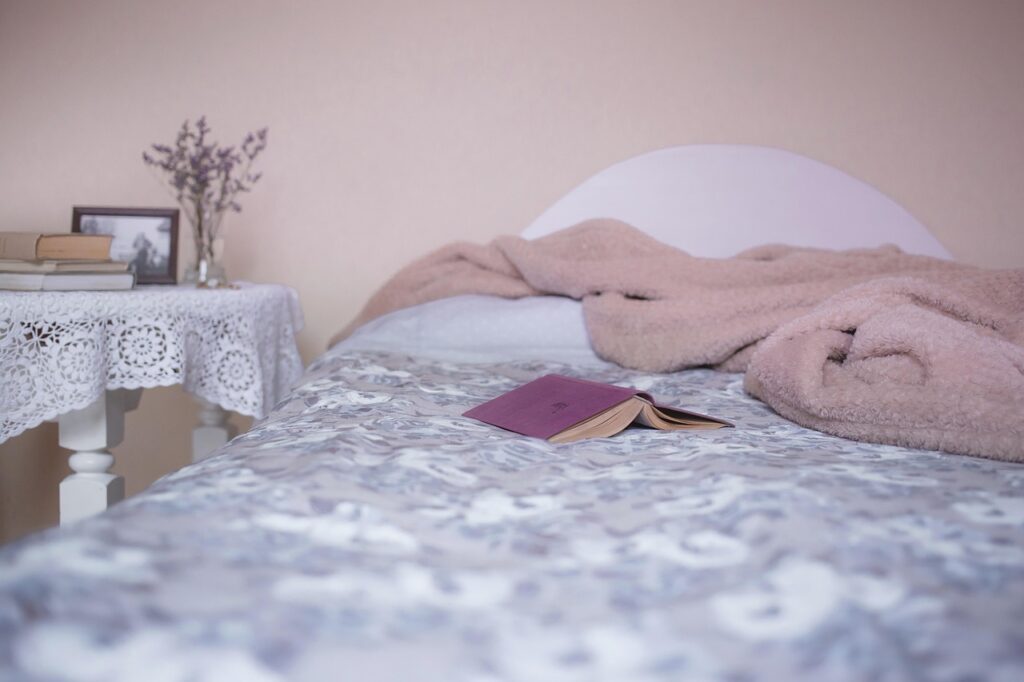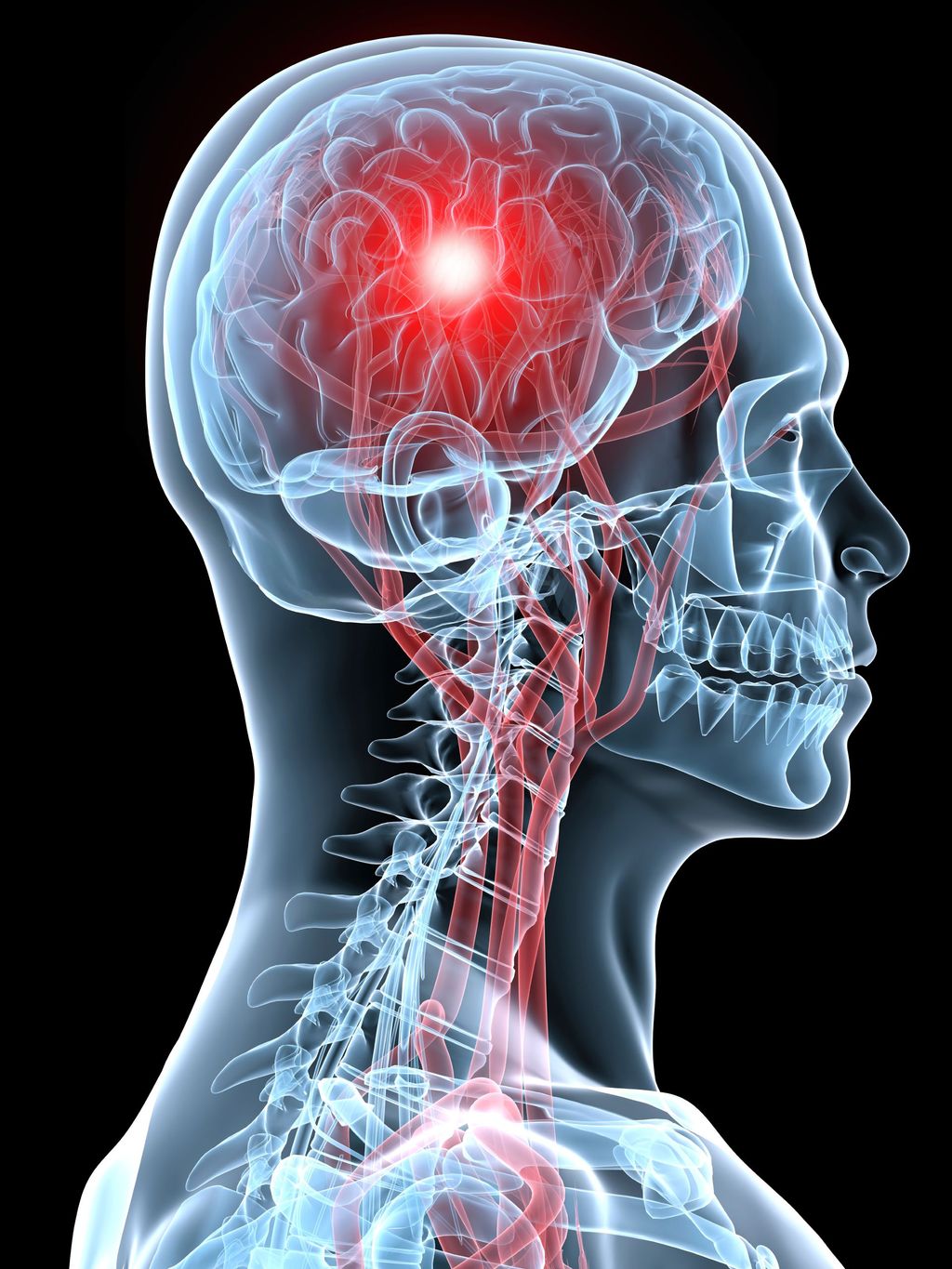
Sleep is a fundamental pillar of our health, an essential function that allows our body and mind to recharge, leaving us refreshed and alert. Yet, a significant portion of the population struggles to get enough restorative sleep. The consequences of sleep deprivation are profoundly serious, impairing our ability to concentrate, think clearly, and process memories, and even increasing susceptibility to various diseases. Everyone needs sleep, but about one in three American adults don’t get enough of it, with serious consequences.
Among the many conditions that can disrupt healthy sleep, obstructive sleep apnea (OSA) stands out as a particularly common yet frequently undiagnosed disorder. This condition causes the airways to collapse or become blocked while you are asleep, leading to pauses in breathing that can recur hundreds of times a night. Alarmingly, untreated apnea significantly elevates the risk of serious health issues, including high blood pressure, heart disease, stroke, diabetes, and certain headache syndromes.
Many individuals living with sleep apnea remain unaware of their condition, often dismissing critical warning signs as mere nuisances or attributing them to general fatigue. Recognizing these signs is the first crucial step toward diagnosis and effective management. This comprehensive article will meticulously explore 12 vital warning signs of sleep apnea, offering insights grounded in medical expertise to empower you to identify potential concerns and seek appropriate medical evaluation for better health outcomes.

1. **You’re a Noisy Sleeper: Snoring, Snorting, or Gasping**One of the most widely recognized indicators of potential sleep apnea is noisy sleep, manifesting as loud snoring, snorting, or gasping sounds. These audibly disruptive patterns are more than just a nocturnal annoyance; they serve as a critical warning sign that your upper airway might be obstructed. While it is true that not all individuals who snore have sleep apnea, the two conditions frequently coexist, and as snoring increases in volume, the likelihood of underlying sleep apnea grows significantly.
The fundamental issue in obstructive sleep apnea is the complete or partial collapse of the upper airway during sleep. This blockage forces air through a narrowed passage, creating the characteristic vibratory sound of snoring. When obstructions become more severe, the body instinctively reacts with snorting or gasping sounds as it struggles to draw breath. These sounds are not just an irritation but a clear signal of compromised breathing, reflecting a physiological struggle for oxygen that prevents truly restorative sleep.
For those sharing a bed, the observation of these noisy sleep patterns can be particularly revealing. A sleep partner might notice that periods of loud snoring are suddenly punctuated by distinct pauses in breathing. These silent intervals are apnea episodes, during which breathing temporarily ceases for 20 to 30 seconds at a time. Such episodes can recur numerous times throughout the night, making the “noisy sleeper” a crucial sentinel for recognizing this serious condition.
2. **Pauses in Breathing During Sleep**Perhaps the most definitive and concerning warning sign of obstructive sleep apnea is the observed pauses in breathing during sleep. While the individual experiencing these pauses is often unaware, a sleep partner or household member is typically the first to notice this critical symptom. These interruptions are not merely fleeting moments; they represent actual cessation of airflow, during which the individual stops breathing for a noticeable duration.
Obstructive sleep apnea is medically defined by these very episodes, characterized by the complete or partial collapses of the upper airway. When these collapses occur, they lead to a temporary but significant blockage of the breathing passages. This can result in pauses in breathing, or shallow breathing, which can last anywhere from 20 to 30 seconds at a time. The cumulative effect of these repeated cessations throughout the night leads to fragmented sleep and, crucially, a potential decrease in blood oxygen saturation.
The recurrence of these breathing pauses can be startlingly frequent, sometimes happening hundreds of times over the course of a single night. Each pause effectively rouses the sleeper just enough to re-establish breathing, though often not to full consciousness. This constant cycle of stopping and restarting breathing places immense stress on the body and prevents progression into deeper, more restorative sleep stages, even if the person believes they are sleeping soundly. Observing a loved one who periodically stops breathing while asleep is a serious red flag that warrants immediate medical attention.
Read more about: Navigating the Final Hours: Key Symptoms and Changes to Expect 24-48 Hours Before Death

3. **Gasping or Choking Sounds During Sleep or When Waking**Closely related to pauses in breathing are the unmistakable gasping or choking sounds that a person with sleep apnea may make. These sounds are often the direct aftermath of an apnea event, serving as an involuntary response when the body suddenly works to resume breathing after a prolonged pause. They are loud, abrupt, and typically indicative of a significant struggle to overcome an obstructed airway, a clear physiological warning.
When the upper airway muscles relax excessively during sleep, as occurs in obstructive sleep apnea, excess tissue in the throat area can fully block the breathing passages. This leads to the cessation of airflow. As carbon dioxide levels rise and oxygen levels fall, the brain registers the urgent need for air and triggers a brief awakening, prompting a forceful gasp or choke to clear the obstruction and take a breath. These forceful inhalations are distress signals from a body struggling under significant physiological stress.
The presence of gasping or choking sounds is a clear physiological warning that the individual is literally fighting to breathe during sleep. Such episodes not only disrupt the delicate sleep architecture but also signify moments of potential oxygen deprivation. Recognizing them as a sign of a potentially serious sleep disorder, rather than just an odd nocturnal habit, is crucial for initiating a conversation with a healthcare provider.
4. **Frequent Nighttime Awakenings**While the person with sleep apnea may not always recall the specific breathing pauses, the cumulative effect of these disruptions often manifests as frequent nighttime awakenings. These awakenings, though sometimes brief and quickly forgotten, can occur numerous times throughout the night, severely fragmenting sleep and preventing the deep, restorative stages essential for optimal health.
Each time the airway collapses and breathing stops, the brain sends a signal to rouse the individual just enough to reactivate the throat muscles and reopen the airway. These micro-awakenings are often too short to be consciously remembered the next morning, but their impact on sleep quality is profound. The body is constantly pulled out of deep sleep cycles, spending more time in lighter stages or in a state of partial arousal, without ever achieving true rest.
The constant interruption of sleep architecture by frequent awakenings has serious consequences for both physical and mental well-being. Regular sleep disruptions, particularly those caused by conditions like sleep apnea, impede beneficial processes like healing and learning. If you find yourself waking up multiple times during the night, even if you cannot pinpoint a specific cause, it is a significant warning sign that your sleep quality is compromised and warrants medical investigation.
Read more about: Shocking Truth: Why Your Daily Energy Drink May Be Making You More Tired Than Ever
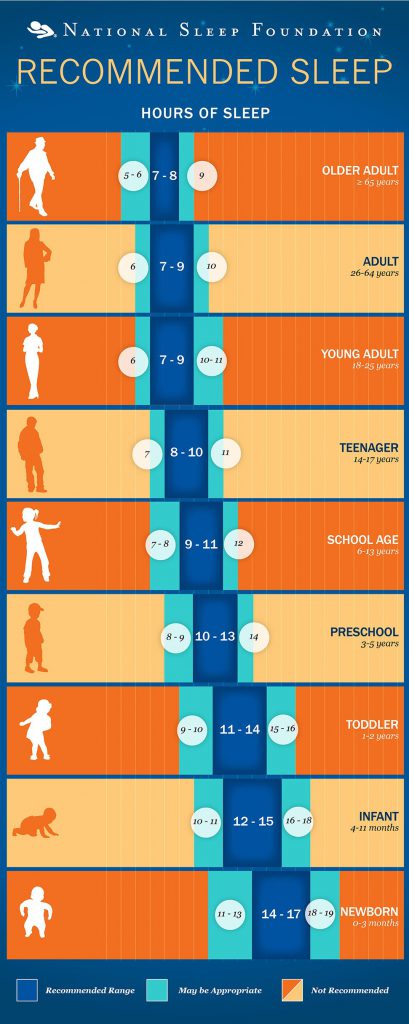
5. **Restless Sleep and Poor Sleep Quality**Beyond specific awakenings, many individuals with sleep apnea exhibit a general pattern of restless sleep. This can be observed through constant movement, such as tossing and turning, or even more pronounced actions like kicking, thrashing, or jerking movements throughout the night. Waking up to find disheveled sheets and blankets can be a tell-tale sign that the night was anything but peaceful.
The underlying reason for such restless sleep is directly linked to the struggle to breathe. When the airway becomes obstructed, the body’s natural response is to shift position in an attempt to open the breathing passages. These movements are often unconscious and can be quite vigorous as the individual’s system tries to alleviate the obstruction and restore normal airflow. This continuous physical struggle prevents the body from settling into a calm, uninterrupted state of rest.
This constant nocturnal activity directly contributes to poor sleep quality. Even if a person technically spends seven or more hours in bed, the frequent disruptions and physical movements mean they are not achieving the deep, restorative sleep necessary for proper physical and cognitive function. The brain does not get the opportunity to cycle through all four stages of sleep effectively, which are crucial for processes like memory consolidation and physical repair. Recognizing these patterns is a vital step toward seeking a diagnosis.
Read more about: Unveiling the Hidden Saboteurs: 12 Foods and Drinks Secretly Wrecking Your Sleep Quality
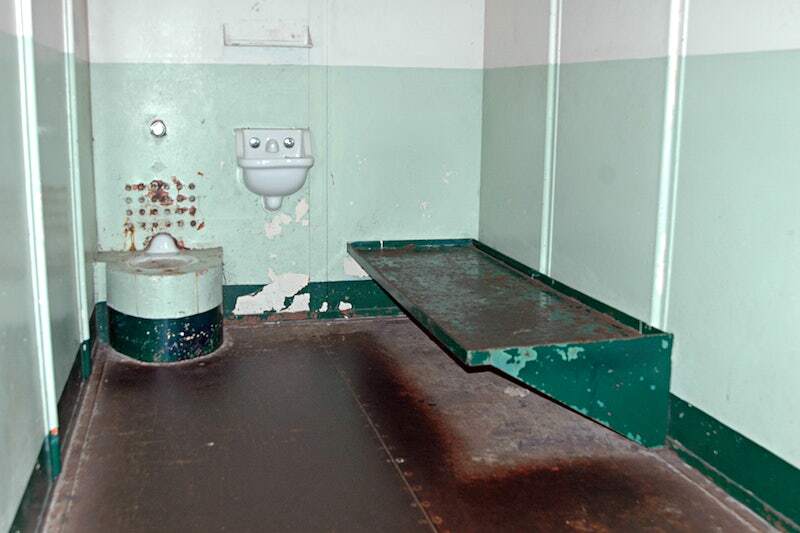
6. **Frequent Bathroom Trips Overnight**While often associated with age or fluid intake, frequent bathroom trips overnight—medically termed nocturia—can also be a warning sign of obstructive sleep apnea. It is a symptom that might seem disconnected from breathing difficulties, yet it is often reported by individuals later diagnosed with OSA, indicating a complex interplay of physiological responses to interrupted sleep and oxygen fluctuations.
One prevailing theory suggests that the repeated drops in blood oxygen levels and surges in blood pressure that occur during apnea episodes can affect the heart. This can lead to the release of a hormone that signals the kidneys to produce more urine, even in the absence of excessive fluid intake. The fragmented sleep itself, where the individual is repeatedly roused from deeper sleep stages, may also increase awareness of bladder fullness.
These interruptions to sleep for bathroom visits further exacerbate the poor sleep quality experienced by individuals with sleep apnea. Each trip out of bed breaks the sleep cycle, making it harder to fall back into deep sleep and contributing to daytime fatigue. If you are experiencing a significant increase in nighttime urination without an obvious explanation, particularly if coupled with other sleep disturbances, it is prudent to discuss this with your doctor as part of a comprehensive sleep evaluation.
Continuing our exploration into the subtle yet significant indicators of obstructive sleep apnea (OSA), we now turn our attention to additional signs that can manifest both during sleep and significantly impact your daily life. Recognizing these broader symptoms is crucial for understanding the full scope of OSA’s impact and taking the necessary steps toward diagnosis and effective management. These warning signs often go unnoticed or are attributed to other factors, making a comprehensive understanding even more vital for your health.
Read more about: Phil Mickelson’s Garage Unveiled: The Golf Legend’s High-Performance Rides and Extravagant Lifestyle
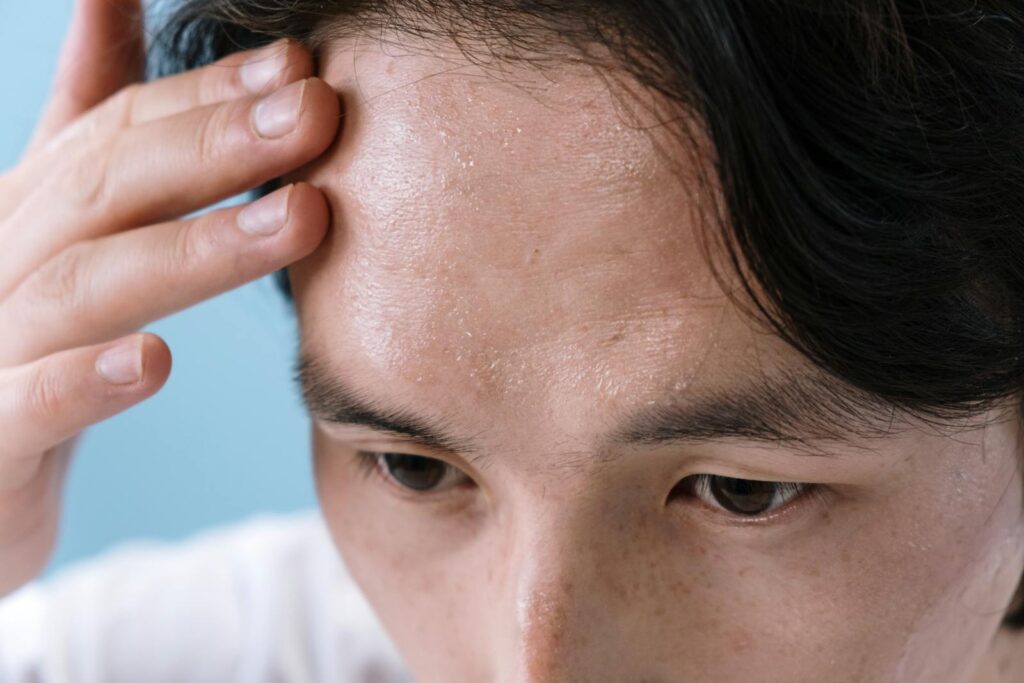
7. **Nighttime Sweating**It might seem an unlikely symptom, but excessive nighttime sweating can be a significant, though often overlooked, warning sign of obstructive sleep apnea. This phenomenon is distinct from sweating due to a warm room or heavy blankets; it’s a physiological response that warrants attention, especially when accompanied by other sleep disturbances. While many factors can contribute to night sweats, their presence in conjunction with other symptoms strongly suggests a potential underlying sleep disorder.
The mechanism behind sleep apnea-related night sweats is rooted in the body’s struggle to breathe. When an apnea event occurs, the individual’s breathing pauses, leading to a drop in blood oxygen levels. In response to this physiological stress and the effort to overcome airway obstruction, the body’s sympathetic nervous system becomes overactive. This activation, essentially a stress response, can trigger increased perspiration as the body works harder to maintain vital functions, even while asleep.
Furthermore, the repeated struggle to breathe and the associated micro-arousals from sleep can elevate the body’s core temperature and metabolism. This increased physiological activity, coupled with the hormonal fluctuations that can be influenced by disturbed sleep, creates an environment conducive to night sweats. If you or your sleep partner notice persistent, unexplained heavy sweating during the night, particularly soaking the bedclothes, it’s a symptom that should be discussed with a healthcare provider.
Read more about: Shocking Truth: Why Your Daily Energy Drink May Be Making You More Tired Than Ever
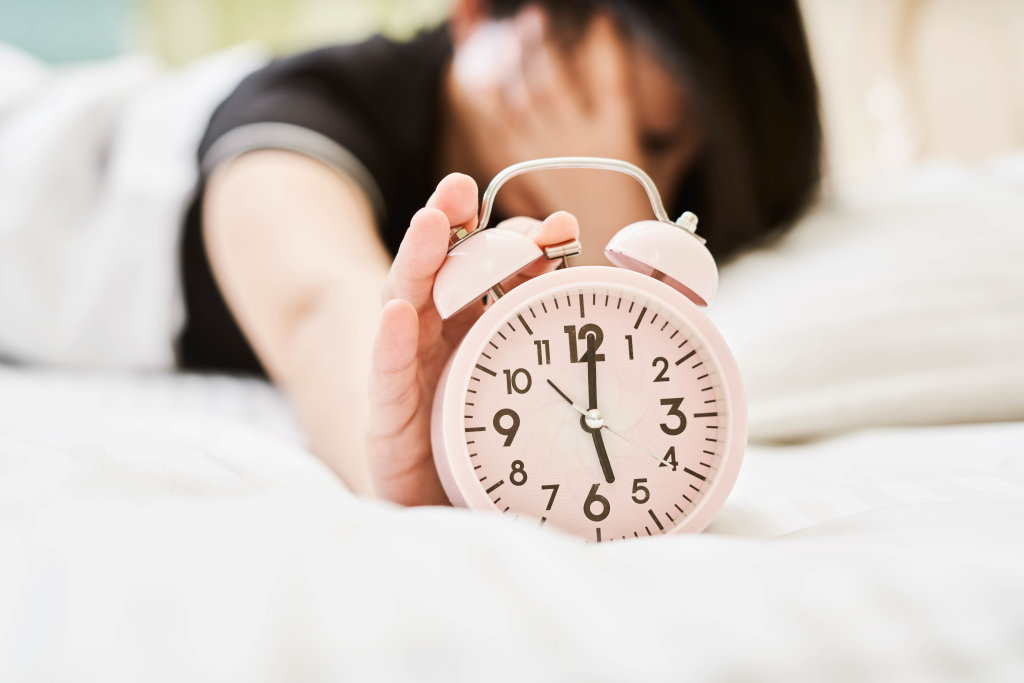
8. **Waking Up with a Headache**For many individuals living with undiagnosed sleep apnea, the start of their day is often marred by a persistent headache. These headaches are typically dull, generalized, and may be present immediately upon waking, gradually subsiding throughout the morning. Unlike other types of headaches, those linked to sleep apnea don’t usually involve light sensitivity or nausea but are a clear signal that something physiologically challenging occurred during sleep.
The primary cause of these morning headaches in sleep apnea patients is directly related to the repeated drops in oxygen levels and the buildup of carbon dioxide in the blood. When breathing pauses during apnea episodes, oxygen saturation decreases, while carbon dioxide, which is normally exhaled, accumulates in the bloodstream. This increase in carbon dioxide leads to the dilation of blood vessels in the brain, which can trigger a headache. The brain is reacting to a state of hypoxia and hypercapnia that occurs repeatedly throughout the night.
These headaches are not merely an inconvenience; they are a tangible manifestation of your brain’s response to inadequate oxygenation during sleep. They serve as a vital cue, signaling that your nocturnal breathing patterns are compromised. If you find yourself consistently waking up with a headache, even after what you perceive as a full night’s sleep, it is a strong indicator that a deeper investigation into your sleep health, potentially involving a sleep study, is warranted.
Read more about: The Critical Winter Car Care Mistakes Drivers Must Avoid for a Safer Season

9. **Dry Mouth or Sore Throat Upon Waking**Another common and often-dismissed morning symptom of sleep apnea is waking up with an uncomfortably dry mouth or a persistent sore throat. This sensation, while seemingly minor, can be a direct result of compensatory breathing patterns adopted during sleep in an effort to overcome airway obstruction. It points to a nocturnal struggle for breath that can significantly irritate the delicate tissues of the mouth and throat.
In individuals with obstructive sleep apnea, the collapse of the upper airway often compels them to breathe through their mouth, rather than their nose, as a default mechanism to get enough air. Mouth breathing, especially for extended periods throughout the night, bypasses the natural humidification and filtration processes of the nasal passages. This constant airflow through an open mouth rapidly dries out the oral cavity and throat tissues, leading to the characteristic dryness and soreness experienced upon waking.
The repeated efforts to gasp or snort for air, as well as the loud snoring, can also contribute to inflammation and irritation of the throat. This physical stress on the soft palate and pharyngeal tissues, coupled with the dehydration from mouth breathing, results in the discomfort that many sleep apnea sufferers report. If your mornings consistently begin with a parched mouth or a scratchy throat, particularly without other obvious causes like illness or dehydration during the day, it is a symptom that merits discussion with a healthcare professional.
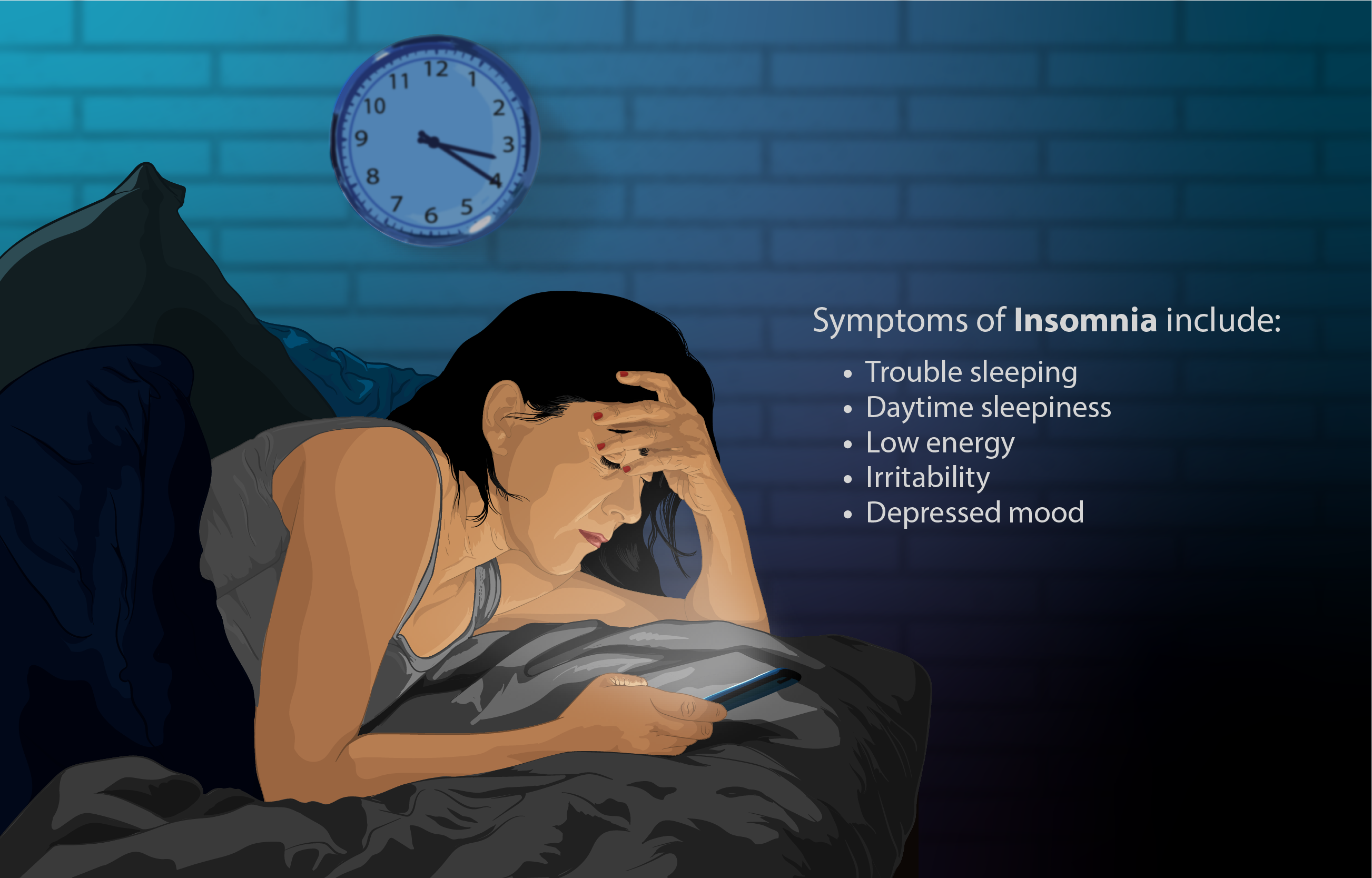
10. **Excessive Daytime Sleepiness**Perhaps the most pervasive and impactful warning sign of sleep apnea is excessive daytime sleepiness (EDS), often referred to as hypersomnia. Despite spending what appears to be adequate hours in bed, individuals with OSA frequently report an overwhelming urge to sleep during the day, finding themselves nodding off unexpectedly in various situations, whether reading, watching TV, or even, most dangerously, while driving or at work. This is a critical indicator of severely fragmented and non-restorative sleep.
The root cause of EDS in sleep apnea is the repeated disruption of the sleep cycle. Each time an apnea event occurs and breathing pauses, the brain briefly rouses the individual to restart breathing. These frequent micro-awakenings prevent the body from achieving the deeper, more restorative stages of sleep, particularly N3 (deep sleep) and REM sleep, which are crucial for physical repair and cognitive function. Consequently, even if a person spends eight hours in bed, the quality of that sleep is profoundly compromised, leaving them feeling as though they haven’t slept at all.
The consequences of excessive daytime sleepiness extend far beyond simple fatigue. It can significantly impair your ability to focus, concentrate, and make sound judgments, leading to decreased productivity at work or school, increased irritability, and a heightened risk of accidents. The context even highlights that sleep deprivation “significantly elevates your risk of making a mistake at work or having a car accident.” If you find yourself constantly tired, sluggish, or struggling to stay awake during the day despite seemingly sufficient sleep, it’s a powerful signal that your sleep quality is fundamentally impaired and requires immediate medical attention.
Read more about: Mastering the Dark: Driving Pro’s Essential Guide to Enhancing Night Driving Visibility with Easy, Actionable Adjustments for Every Driver

11. **Irritable Mood**The chronic lack of restorative sleep inherent in obstructive sleep apnea can have a profound impact on an individual’s emotional state, frequently manifesting as an irritable mood. This is more than just feeling a bit grumpy in the morning; it’s a persistent emotional dysregulation that can affect relationships, daily interactions, and overall mental well-being. The constant physiological stress and sleep fragmentation take a heavy toll on the brain’s ability to manage emotions effectively.
Sleep plays a critical role in emotional regulation. Adequate sleep helps the brain process emotions and react appropriately to stress. When sleep is continually disrupted by apnea events, the brain is deprived of the opportunity to engage in these vital processes. This leads to an increased propensity for emotional outbursts, impatience, frustration, and a diminished capacity to cope with everyday stressors. The context notes that a lack of sleep can make you feel more irritable.
Furthermore, the persistent fatigue and the awareness of compromised health can contribute to a sense of malaise or even anxiety and depression, both of which are common comorbidities with sleep apnea. The connection between sleep, mood, and mental health is undeniable, as highlighted by the impact of sleep debt compounding quickly. If you or those around you have noticed a significant and unexplained shift towards irritability or other negative mood changes, and especially if it’s coupled with other sleep-related symptoms, it’s a crucial sign to consider sleep apnea as a potential underlying cause and seek professional evaluation.
Read more about: Spotting the Sneaky Signals: 12 Red Flags to Watch For in Your New Romantic Relationship
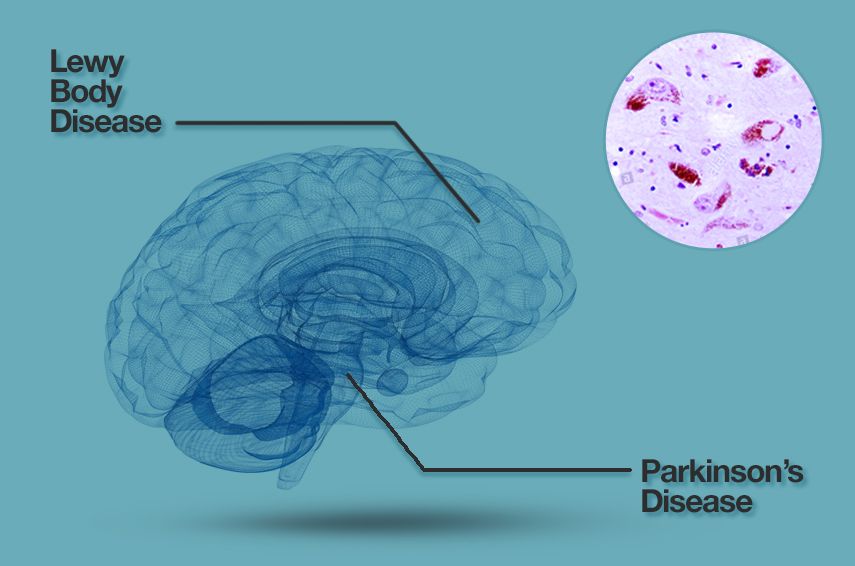
12. **Trouble with Memory, Paying Attention, or Concentration**Beyond physical fatigue and emotional shifts, obstructive sleep apnea can severely impair cognitive functions, leading to noticeable difficulties with memory, attention, and concentration. These cognitive deficits are not merely a result of feeling tired; they stem from the brain’s inability to undergo essential restorative processes during fragmented sleep, directly impacting its higher-level functions. The context explicitly states that “without enough sleep, the brain cannot function properly, impairing your abilities to concentrate, think clearly, and process memories.”
During healthy sleep, especially in the N2 and REM stages, the brain actively works to consolidate memories and facilitate learning. When sleep apnea repeatedly pulls an individual out of these critical stages, these processes are severely hindered. The brain doesn’t get the uninterrupted time it needs to sort and store information, leading to challenges in recalling recent events, absorbing new information, or staying focused on tasks. The repeated oxygen deprivation also contributes to brain stress, further impacting cognitive performance.
The impact of these cognitive impairments can be far-reaching, affecting performance at work or school, personal interactions, and even simple daily tasks. Individuals may find themselves making more errors, struggling to complete complex tasks, or feeling mentally foggy throughout the day. Recognizing these specific cognitive struggles as potential warning signs, rather than just attributing them to aging or stress, is paramount. They are direct evidence of how compromised sleep quality is undermining your brain’s fundamental operations, necessitating a thorough medical evaluation for sleep apnea.
Read more about: 14 ‘Must-Have’ Car Features That Are Actually Useless: A Lifehacker’s Guide to Smart Automotive Choices
Recognizing these 12 warning signs is the crucial first step toward addressing obstructive sleep apnea, a condition that can silently erode your health and quality of life. From the noisy disruptions of nighttime breathing to the subtle yet impactful daytime cognitive and emotional shifts, each symptom offers a piece of the puzzle. Understanding these indicators empowers you to seek timely medical evaluation and unlock the path to restorative sleep, reclaiming your vitality and safeguarding your long-term health. Don’t dismiss these signals; your well-being depends on heeding their call and taking proactive steps for a healthier, more rested future.



